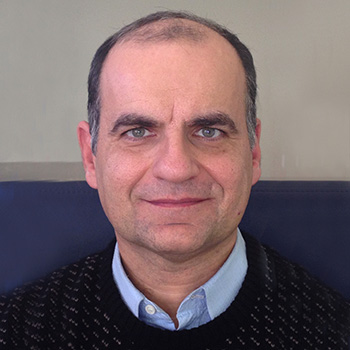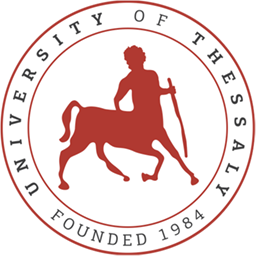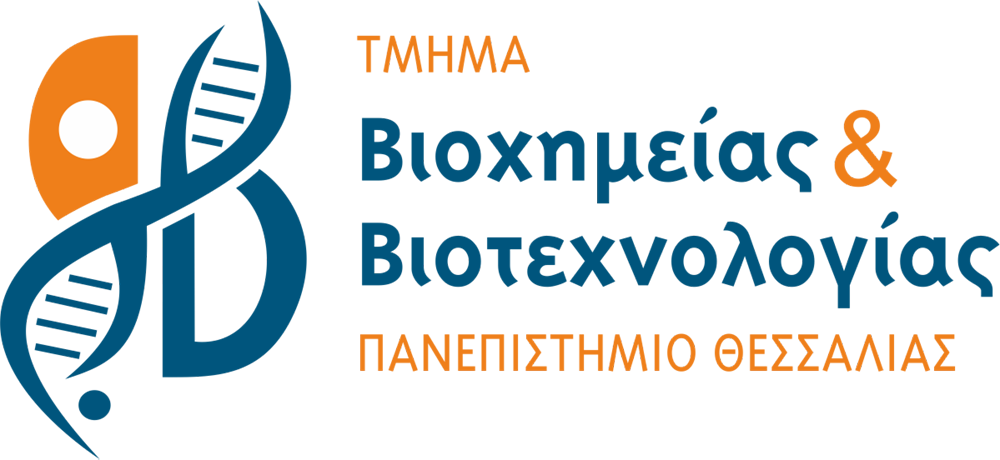Βiosynthesis of macromolecules – regulation of gene expression
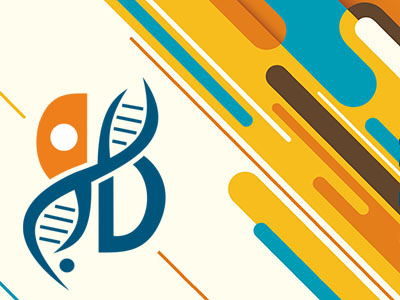
Theory: 4 hours/week | Tutorials: 2 hours/week | ECTS Units: 6
Content – Aim of the course
Watson and Crick in their work describing the double helix of DNA, made an astonishing statement; the specific pairing between the bases of DNA immediately suggests a possible copying mechanism for the genetic material. The replication of DNA is the first step in our understanding of the copying and storage of the genetic information. Then follows the row of the information, where a DNA segment, a gene, is transcribed to RNA and translated into protein. But, how a gene knows when it should express itself? And how cells in different tissues know which regulatory RNAs and proteins to synthesize, when and for how long? And what is the impact of the deregulation of gene expression? The previous are described in the Course «Synthesis of biomolecules and gene expression». The first part focuses on the biosynthesis of the nucleotides, aminoacids, lipids, which are the building blocks of the major biomolecules. Then follows the replication of DNA, the biosynthesis of RNAs and proteins. The final part focuses on the regulation of gene expression, the impact on evolution and the response of cells and organisms to environmental changes.
Analytical Description of the Course
- BIOSYNTHESIS OF AMINO ACIDS
- BIOSYNTHESIS OF NUCLEOTIDES
- BIOSYNTHESIS OF MEMBRANE LIPIDS AND STEROIDS
- THE REPLICATION OF DNA
- RECOMBINATION AND REPAIR OF DNA
- THE SYNTHESIS OF RNA
- THE MATURATION OF RNA
- THE BIOSYNTESIS OF PROTEINS
- THE REGULATION OF GENE EXPRESSION
Assessment
The final grade results from the final examination at the end of the semester.
Reading Suggestions
- Berg J.M., Tymoczko J.L., Stryer L. Biochemistry, 6th edition.
- Lehninger Principles of Biochemistry. David L. Nelson and Michael M. Cox, 5th edition.
Teaching Material / E-class
Lecturers
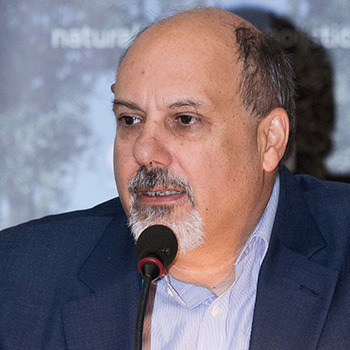
Demetres Leonidas D. (Course Coordinator)
